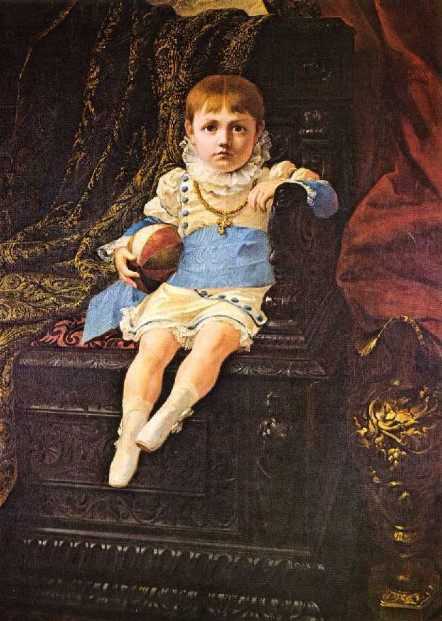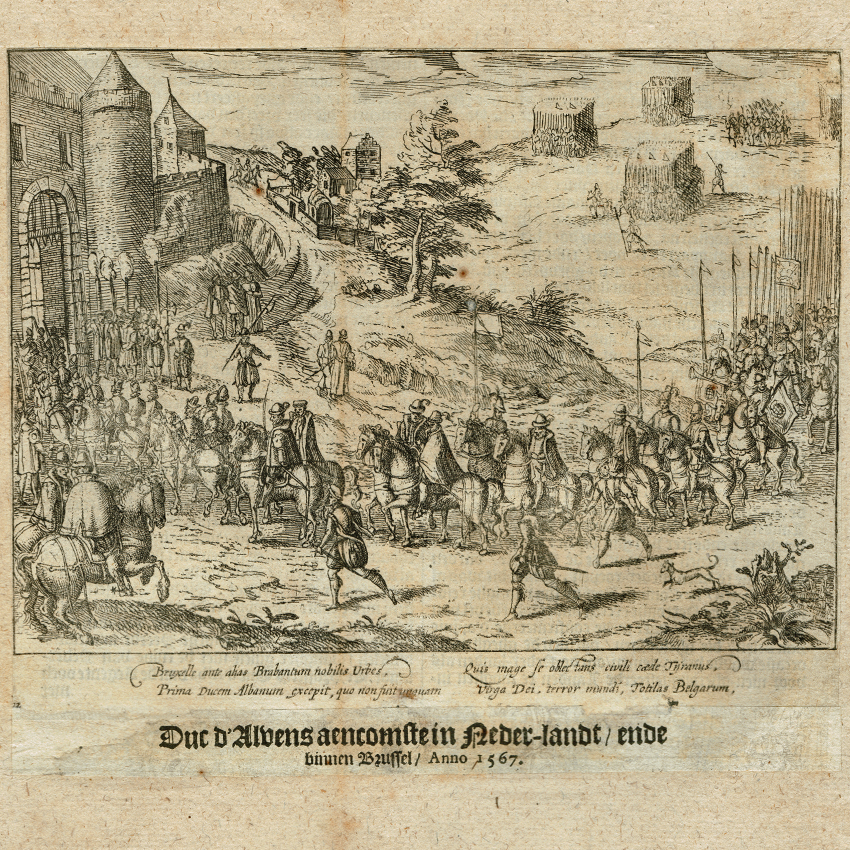|
Fort Of Santiago Do Outão
The Fort of Santiago do Outão is a former coastal military installation in Setúbal, Portugal that is currently the site of the Hospital Ortopédico Sant'Iago do Outão. The fort is located on the Costa Azul at the northern side of the Sado River's mouth. History The oldest identified structure at Outão is a lighthouse and watchtower at the mouth of the Sado River that was erected by João I in 1390. In 1572, during the reign of Sebastião I, the watchtower underwent a major expansion and was surrounded by fortified walls and transformed into a fortress by Afonso Álvares. The fort withstood a siege by the Duke of Alba during the Portuguese succession crisis of 1580. Santiago do Outão remained loyal to Philip III until December 8, 1640, during the Portuguese Restoration War. The fort underwent a remodeling during the reign of João IV beginning in 1643 in order to provide better defenses at the entrance to Setúbal's port. The fort's reconstruction was completed by 1657 ... [...More Info...] [...Related Items...] OR: [Wikipedia] [Google] [Baidu] |
Portuguese Succession Crisis Of 1580
The Portuguese succession crisis of 1580 ( pt, Crise de sucessão de 1580) came about as a result of the deaths of young King Sebastian I of Portugal in the Battle of Alcácer Quibir in 1578 and his successor and great-uncle Henry I in 1580. As Sebastian and Henry had no immediate heirs, these events prompted a dynastic crisis, with internal and external battles between several pretenders to the Portuguese throne. Because Sebastian's body was never found, several impostors emerged over several years claiming to be the young king, further confusing the situation. Ultimately, Philip II of Spain gained control of the country, uniting the Portuguese and Spanish Crowns in the Iberian Union, a personal union that endured 60 years, during which time the Portuguese Empire declined, being challenged globally during the Dutch–Portuguese War. The Cardinal-King The Cardinal Henry, Sebastian's grand-uncle, became ruler in the immediate wake of Sebastian's death. Henry had served as regen ... [...More Info...] [...Related Items...] OR: [Wikipedia] [Google] [Baidu] |
Fort Of São Filipe De Setúbal
The Fort of São Filipe de Setúbal, also referred to as the São Filipe Castle or the São Filipe Fortress, is in the city of Setúbal in the Setúbal District, of Portugal. The fort was built on the orders of Philip II of Spain (Philip I of Portugal), who personally witnessed the laying of the cornerstone of the new fortification in 1582. It stands in a dominant position on the right bank of the mouth of the Sado River, overlooking the centre of Setúbal to its east. History The fortification of the stretch of coastline around Setúbal dates back to the 14th century, with the construction at sea level of the Fort of Santiago do Outão, which was intended to control the Sado river access to the medieval village. During the reign of King John III in the first half of the 16th century there were plans to expand Setubal’s defences with the construction of a castle, but the financial difficulties faced at that time by the Crown made this impossible. At the time of the Philippin ... [...More Info...] [...Related Items...] OR: [Wikipedia] [Google] [Baidu] |
Tuberculosis
Tuberculosis (TB) is an infectious disease usually caused by '' Mycobacterium tuberculosis'' (MTB) bacteria. Tuberculosis generally affects the lungs, but it can also affect other parts of the body. Most infections show no symptoms, in which case it is known as latent tuberculosis. Around 10% of latent infections progress to active disease which, if left untreated, kill about half of those affected. Typical symptoms of active TB are chronic cough with blood-containing mucus, fever, night sweats, and weight loss. It was historically referred to as consumption due to the weight loss associated with the disease. Infection of other organs can cause a wide range of symptoms. Tuberculosis is spread from one person to the next through the air when people who have active TB in their lungs cough, spit, speak, or sneeze. People with Latent TB do not spread the disease. Active infection occurs more often in people with HIV/AIDS and in those who smoke. Diagnosis of active ... [...More Info...] [...Related Items...] OR: [Wikipedia] [Google] [Baidu] |
Sanatorium
A sanatorium (from Latin '' sānāre'' 'to heal, make healthy'), also sanitarium or sanitorium, are antiquated names for specialised hospitals, for the treatment of specific diseases, related ailments and convalescence. Sanatoriums are often located in a healthy climate, usually in the countryside. The idea of healing was an important reason for the historical wave of establishments of sanatoriums, especially at the end of the 19th- and early 20th centuries. One sought for instance the healing of consumptives, especially tuberculosis (before the discovery of antibiotics) or alcoholism, but also of more obscure addictions and longings, of hysteria, masturbation, fatigue and emotional exhaustion. Facility operators were often charitable associations such as the Order of St. John and the newly founded social welfare insurance companies. Sanatoriums should not be confused with the Russian sanatoriums from the time of the Soviet Union, which were a type of sanatorium resor ... [...More Info...] [...Related Items...] OR: [Wikipedia] [Google] [Baidu] |
Carlos I Of Portugal
''Dom'' Carlos I (; English: King Charles of Portugal; 28 September 1863 – 1 February 1908), known as the Diplomat ( pt, o Diplomata), the Martyr ( pt, o Martirizado), and the Oceanographer ( pt, o Oceanógrafo), among many other names, was the King of Portugal from 1889 until his assassination in 1908. He was the first Portuguese king to die a violent death since King Sebastian in 1578. Early life Carlos was born in Lisbon, Portugal, the son of King Luís and Queen Maria Pia, daughter of King Victor Emmanuel II of Italy, and was a member of the House of Braganza."While remaining patrilineal dynasts of the duchy of Saxe-Coburg and Gotha according to pp. 88, 116 of the 1944 ''Almanach de Gotha'', Title 1, Chapter 1, Article 5 of th1838 Portuguese constitutiondeclared, with respect to Ferdinand II of Portugal's issue by his first wife, that 'the Most Serene House of Braganza is the reigning house of Portugal and continues through the Person of the Lady Queen Maria II'. Th ... [...More Info...] [...Related Items...] OR: [Wikipedia] [Google] [Baidu] |
João IV
John IV ( pt, João, ; 19 March 1604 – 6 November 1656), nicknamed John the Restorer ( pt, João, o Restaurador), was the King of Portugal whose reign, lasting from 1640 until his death, began the Portuguese restoration of independence from Habsburg Spanish rule. His accession established the House of Braganza on the Portuguese throne, and marked the end of the 60-year-old Iberian Union by which Portugal and Spain shared the same monarch. Before becoming king, he was John II, 8th Duke of Braganza. He was the grandson of Catherine, Duchess of Braganza, a claimant to the crown during the Portuguese succession crisis of 1580. On the eve of his death in 1656, the Portuguese Empire was at its territorial zenith, spanning the globe. Early life John IV was born at Vila Viçosa and succeeded his father Teodósio II as Duke of Braganza when the latter died insane in 1630. He married Luisa de Guzmán (1613–66), eldest daughter of Juan Manuel Pérez de Guzmán, 8th Duke of ... [...More Info...] [...Related Items...] OR: [Wikipedia] [Google] [Baidu] |
Portuguese Restoration War
The Portuguese Restoration War ( pt, Guerra da Restauração) was the war between Portugal and Spain that began with the Portuguese revolution of 1640 and ended with the Treaty of Lisbon in 1668, bringing a formal end to the Iberian Union. The period from 1640 to 1668 was marked by periodic skirmishes between Portugal and Spain, as well as short episodes of more serious warfare, much of it occasioned by Spanish and Portuguese entanglements with non-Iberian powers. Spain was involved in the Thirty Years' War until 1648 and the Franco-Spanish War until 1659, while Portugal was involved in the Dutch–Portuguese War until 1663. In the seventeenth century and afterwards, this period of sporadic conflict was simply known, in Portugal and elsewhere, as the ''Acclamation War''. The war established the House of Braganza as Portugal's new ruling dynasty, replacing the House of Habsburg who had been united with the Portuguese crown since the 1581 succession crisis. Events leading to ... [...More Info...] [...Related Items...] OR: [Wikipedia] [Google] [Baidu] |
Philip IV Of Spain
Philip IV ( es, Felipe, pt, Filipe; 8 April 160517 September 1665), also called the Planet King (Spanish: ''Rey Planeta''), was King of Spain from 1621 to his death and (as Philip III) King of Portugal from 1621 to 1640. Philip is remembered for his patronage of the arts, including such artists as Diego Velázquez, and his rule over Spain during the Thirty Years' War. By the time of his death, the Spanish Empire had reached approximately 12.2 million square kilometers (4.7 million square miles) in area but in other aspects was in decline, a process to which Philip contributed with his inability to achieve successful domestic and military reform. Personal life Philip IV was born in the Royal Palace of Valladolid, and was the eldest son of Philip III and his wife, Margaret of Austria. In 1615, at the age of 10, Philip was married to 13-year-old Elisabeth of France. Although the relationship does not appear to have been close, some have suggested that Olivares, ... [...More Info...] [...Related Items...] OR: [Wikipedia] [Google] [Baidu] |
Fernando Álvarez De Toledo, 3rd Duke Of Alba
Fernando Álvarez de Toledo y Pimentel, 3rd Duke of Alba (29 October 150711 December 1582), known as the Grand Duke of Alba (, pt, Grão Duque de Alba) in Spain and Portugal and as the Iron Duke ( or shortly 'Alva') in the Netherlands, was a Spanish noble, general and diplomat. He was titled the 3rd Duke of Alba de Tormes, 4th Marquess of Coria, 3rd Count of Salvatierra de Tormes, 2nd Count of Piedrahita, 8th Lord of Valdecorneja, Grandee of Spain and a Knight of the Order of the Golden Fleece. His motto in Latin was ''Deo patrum nostrorum'' ("To the God of our fathers"). He was an adviser of King Charles I of Spain (Charles V, Holy Roman Emperor), and his successor, Philip II of Spain, Mayordomo mayor of both, member of their Councils of State and War, governor of the Duchy of Milan (1555–1556), viceroy of the Kingdom of Naples (1556–1558), governor of the Netherlands (1567–1573) and viceroy and constable of the Kingdom of Portugal (1580–1582). He represented Phil ... [...More Info...] [...Related Items...] OR: [Wikipedia] [Google] [Baidu] |
Afonso Álvares
Afonso Álvares (also spelled Affonso Álvares) was the Master of Works for the Portuguese king, Sebastian of Portugal, and he designed, amongst other structures, the Monastery of São Bento in Lisbon in 1571, which was lost in the 1755 Lisbon earthquake The 1755 Lisbon earthquake, also known as the Great Lisbon earthquake, impacted Portugal, the Iberian Peninsula, and Northwest Africa on the morning of Saturday, 1 November, Feast of All Saints, at around 09:40 local time. In combination with ..., and is now partially the site of the Portuguese Parliament. He also designed the Fort of Santiago do Outão in 1572. Sources *O Recreio Nº 2, Lisbon Imprensa Nacional, February 1839, by Luiz Duarte Villela da Silva Portuguese architects 16th-century Portuguese people Portuguese engineers Year of death missing {{Portugal-architect-stub ... [...More Info...] [...Related Items...] OR: [Wikipedia] [Google] [Baidu] |







